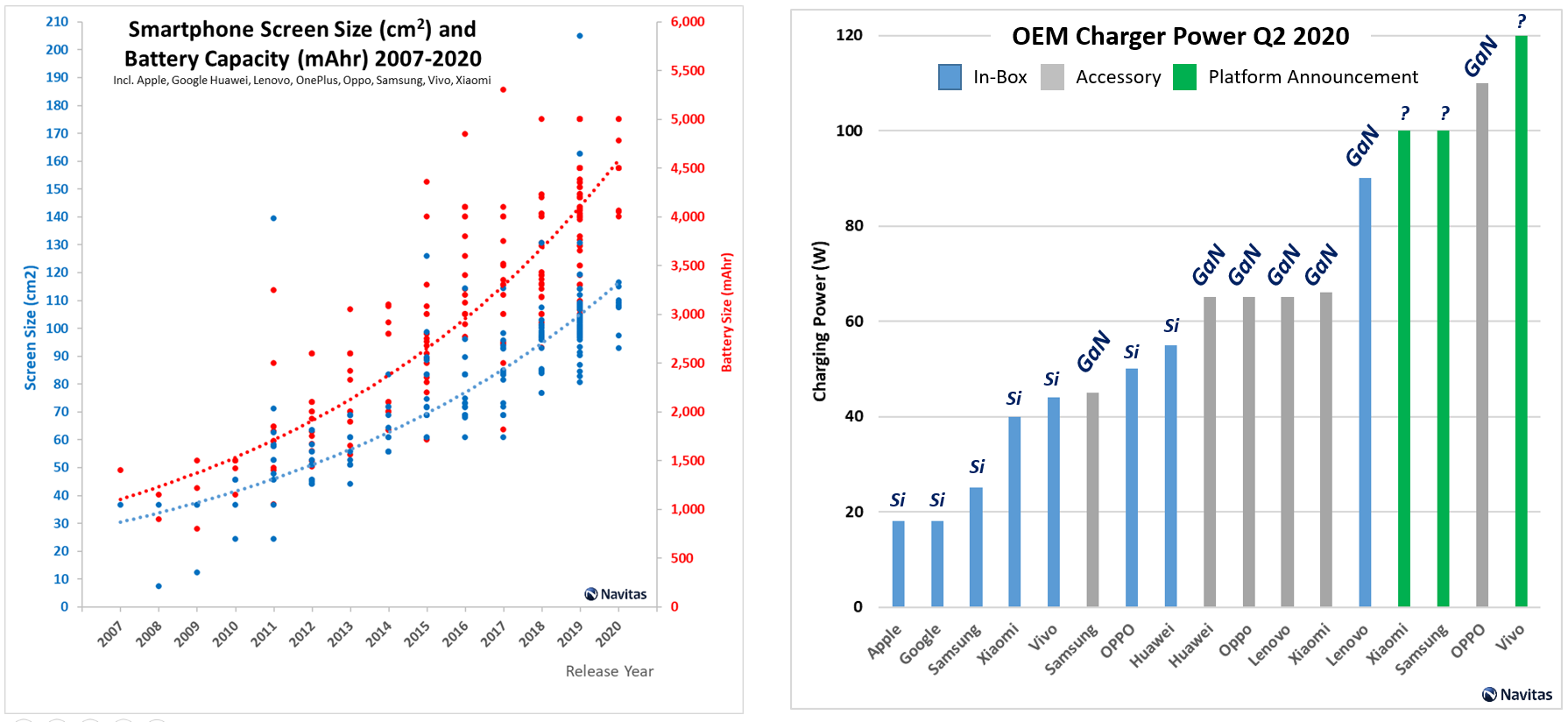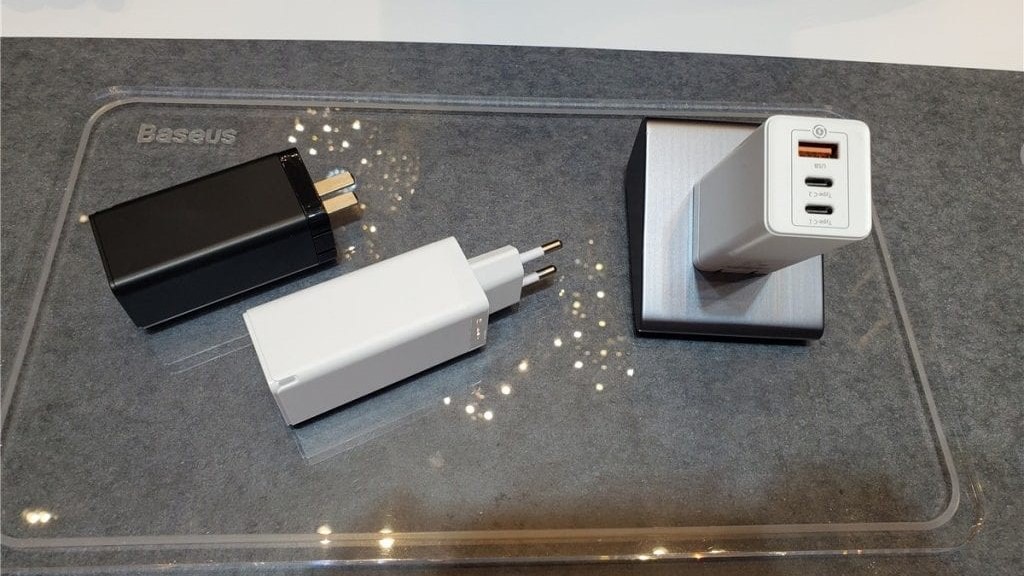GaNFast and the advent of flash charging
Charging your smartphone now takes significantly less time thanks to GaNFast

As smartphones became more widely adopted worldwide, device manufacturers began to look for ways to differentiate their offerings from the competition by offering larger devices with bigger screens. While this was welcomed by consumers, these larger screens consume more battery power and thus require more time to fully charge. Without a charged battery, even the best smartphones are less useful which is why flash charging also known as fast charging was invented.
With a GanFast-based fast charger, a smartphone can charge more quickly and this allows the device to be used for longer before having to be plugged in. Before the creation of fast charging, it would take over an hour to get a full charge on a smartphone battery using a standard wall adapter. To learn more about flash charging and the technology that makes it possible, TechRadar Pro spoke to the co-founder and CEO of Navitas Semiconductor Gene Sheridan.
- We've put together a list of the best business smartphones around
- These are the best power banks on the market
- Also check out our roundup of the best portable laptop battery chargers

How have smartphone batteries and charging methods improved over the last decade?
Increases in power and charging speed demanded by the consumer are the biggest improvement over the last decade. Bigger screens and more functionality mean bigger batteries, and to avoid long charge times, you need higher-power fast chargers – but who wants to carry around a big, bulky, slow, silicon-based charger? Flagship phones now come with GaN-based fast chargers, not the old, slow silicon versions.
The upgrade from silicon to GaN is part of a second revolution in power electronics.
Can you tell us more about gallium nitride and how Navitas uses this material in its Power management integrated circuits and how does GaN increase efficiency and lead to significant reductions in the sizes of power supplies?
Gallium (Ga, atomic number 31) and nitrogen (N, 7) combine into a semiconductor material – gallium nitride (GaN) - like Silicon (Si, 14). GaN is a ‘wide band-gap’ material because it offers an electron band-gap that is 3x larger than silicon, which means it can handle large electric fields with dramatically smaller chips.
With much smaller transistors and shorter current paths, ultra-low resistance & capacitance is achieved, while enabling up to 100x faster switching speeds. Low resistance and low capacitance translate to higher charging efficiencies, so more of the power is delivered to the battery, charging it faster instead of burning up that energy as heat which warms the charger in your hand.
Faster switching means that the charger can deliver more power to the battery with a dramatically smaller size & weight as the energy-storing passive components can shrink dramatically as they store much less energy in each switching cycle.

What types of devices are your GaNFast Power ICs found in and how do they help improve battery life and will the fast charging tech now included in many smartphones eventually make its way to laptops?
The first GaNFast chargers (in 2018) were 24W-45W so they addressed phones and smaller laptops. Since then 65W, 100W, 120W and even 300W chargers have been released addressing phones, tablets and all types of laptops from ultra-lights like the MacBook Air to the Asus/NVIDIA ProArt – the word’s most powerful laptop.
What does the future hold for Navitas? Are you currently working on any new products or technologies?
Today we’re at the start of the fast-charger market penetration, with 5M GaNFast power ICs shipped with excellent quality & reliability (zero returns). For Xiaomi and Lenovo, the world’s smallest 65W chargers have been released at retail prices 50-75% lower than previous best-in-class silicon chargers. The total market for next-generation fast chargers is US$1B today, with a rapid adoption of GaN, so we have lots of room to grow there.
In parallel with growth in fast chargers, the next major markets are all-in-one PCs (e.g. iMac), TVs, multi-kW server, eMobility and new energy markets. New GaNFast ICs with higher levels of integration – for more functionality and higher power are in development. Intellectual property is paramount with the pace of innovation increasing and Navitas recently announcing we have over 100 patents.
- We've also highlighted the best wireless chargers
Are you a pro? Subscribe to our newsletter
Sign up to the TechRadar Pro newsletter to get all the top news, opinion, features and guidance your business needs to succeed!